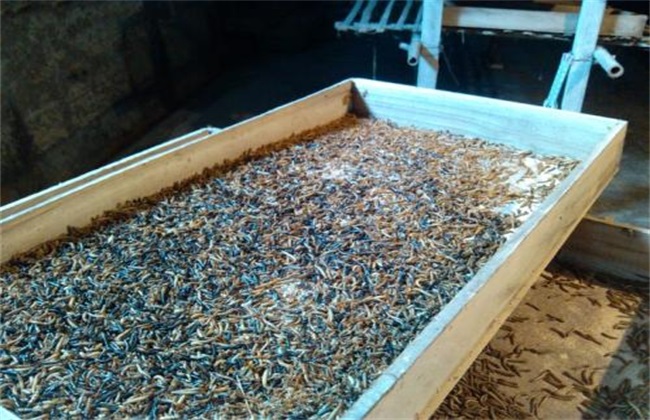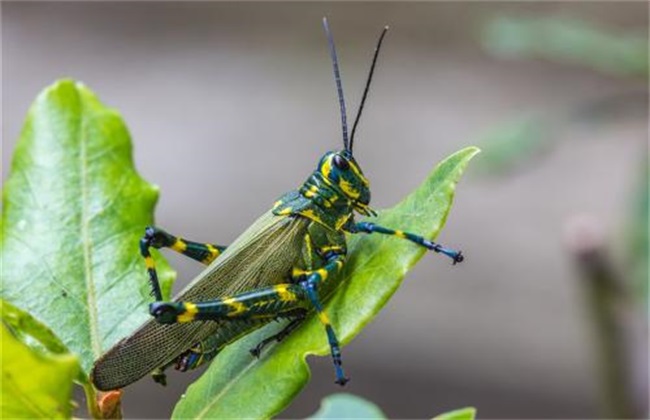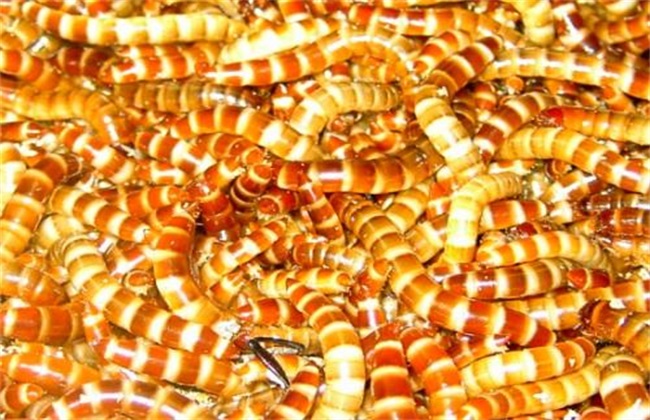Culture techniques of Tenebrio Molitor
Tenebrio Molitor is a very popular insect in aquaculture, with a very high protein content, and the fattening effect of frequently fed animals is very obvious, which also leads to a sharp increase in demand for Tenebrio Molitor. So how to raise yellow powder insects? Those who want to join the industry can get to know it!

1. Construction of culture environment
The culture environment has a great impact on Tenebrio Molitor. If the environment is not suitable, it is impossible to breed at all. Tenebrio Molitor prefers dark environment, there is little demand for light, the breeding site should first control the light, the choice of light bulb should also be dim, but can not be wet, need a dry environment. In addition, noise has a great impact on the yellow powder bug, which is very easy to be stimulated, and the quiet of the site should be ensured, so it is best to have a quiet environment nearby for a long time, but it cannot be sealed to prevent noise, because the yellow powder bug needs good ventilation.
2. Equipment preparation
After the culture environment is suitable, it is necessary to prepare some culture equipment, there are mainly three kinds. One is the cage for breeding adults, the wooden and plastic cages can be small, the length and width can be moved according to their own needs, as long as the aspect is moved, and the height is controlled at about 8-10 cm to prevent the yellow pink insects from coming out during culture. because the bottom is also padded; second, egg boxes, which are used for hatching, do not need to be specially made, and are specially sold in many places. The third is the sieve, which needs to be selected by yourself, sieve eggs to be used, and cleaning to be used, so it is necessary to prepare several kinds of mesh sizes.
3. Feeding process
After putting the larvae into a prepared cage, you can begin to raise them. Bedding materials should be prepared in the cages, such as wheat bran and rice bran, which are all high-quality bedding materials, which can not only give the yellow powder insect a place to move, but also let it eat directly. If the leaves are fresh, but there can be no moisture on the surface, special feed can be prepared if there are conditions.
4. Health management
In the process of breeding, hygiene should be properly managed. Although Tenebrio Molitor is an insect, there are still diseases if hygiene is not paid attention to. Due to the high culture density, once the disease occurs, it is very likely to be infected in batches, so sanitary cleaning should be done in time, and the prepared sieve should be used for screening. Once the cushion material is found to be abnormal, or there are some abnormal black feces inside, it means that the disease may be more serious and should be solved as soon as possible. Daily use of hands to touch the material, found that a little wet is not very dry is also timely replacement, while indicating that the breeding site may be a little heavy moisture, to improve.
The above is the breeding technology of Tenebrio Molitor. It is not very difficult to cultivate Tenebrio Molitor, mainly because it needs to be sensitive to these environmental factors. In addition, it is difficult to learn more about self-breeding and self-cultivation when breeding.
Related
- On the eggshell is a badge full of pride. British Poultry Egg Market and Consumer observation
- British study: 72% of Britons are willing to buy native eggs raised by insects
- Guidelines for friendly egg production revised the increase of space in chicken sheds can not be forced to change feathers and lay eggs.
- Risk of delay in customs clearance Australia suspends lobster exports to China
- Pig semen-the Vector of virus Transmission (4)
- Pig semen-the Vector of virus Transmission (3)
- Five common causes of difficult control of classical swine fever in clinic and their countermeasures
- Foot-and-mouth disease is the most effective way to prevent it!
- PED is the number one killer of piglets and has to be guarded against in autumn and winter.
- What is "yellow fat pig"? Have you ever heard the pig collector talk about "yellow fat pig"?



